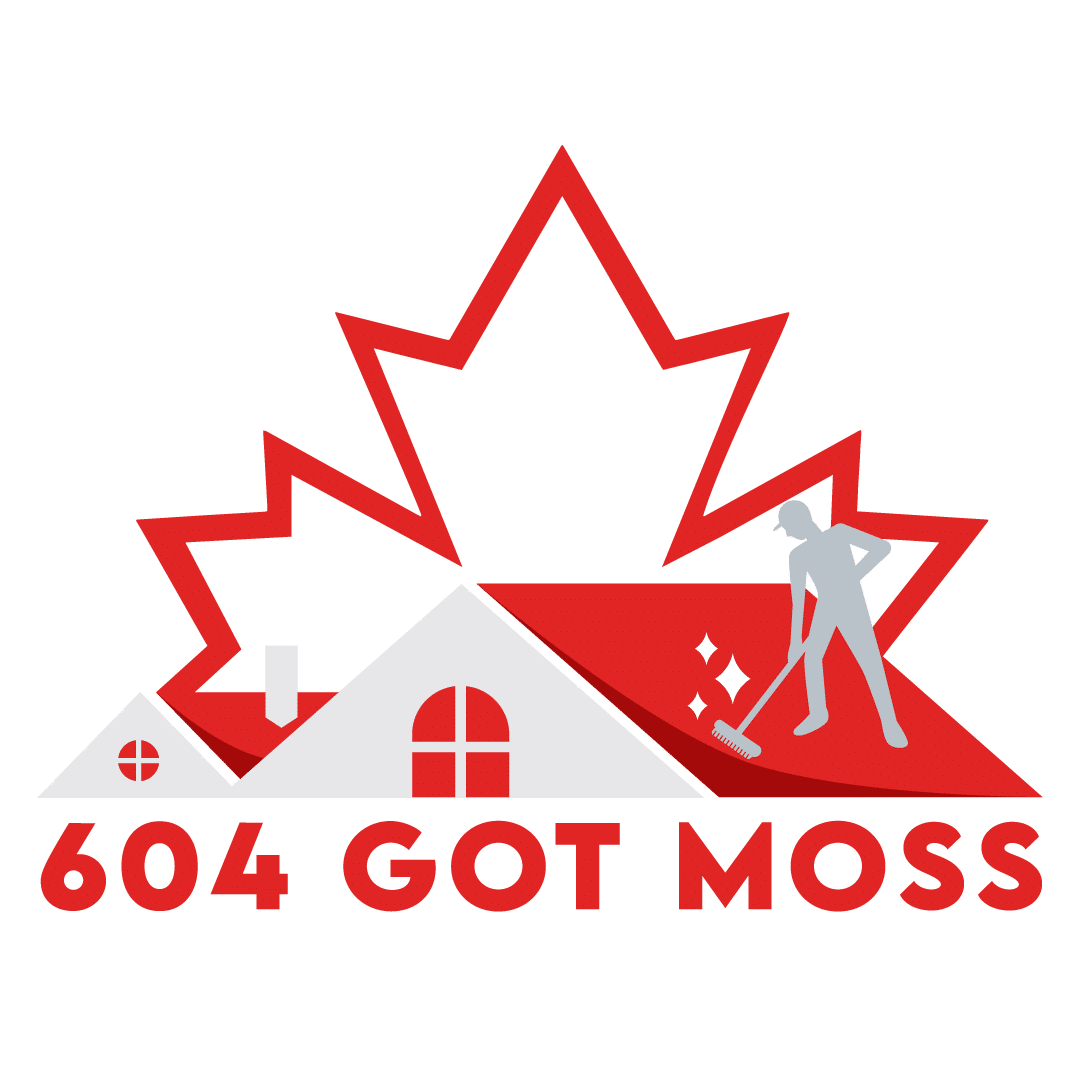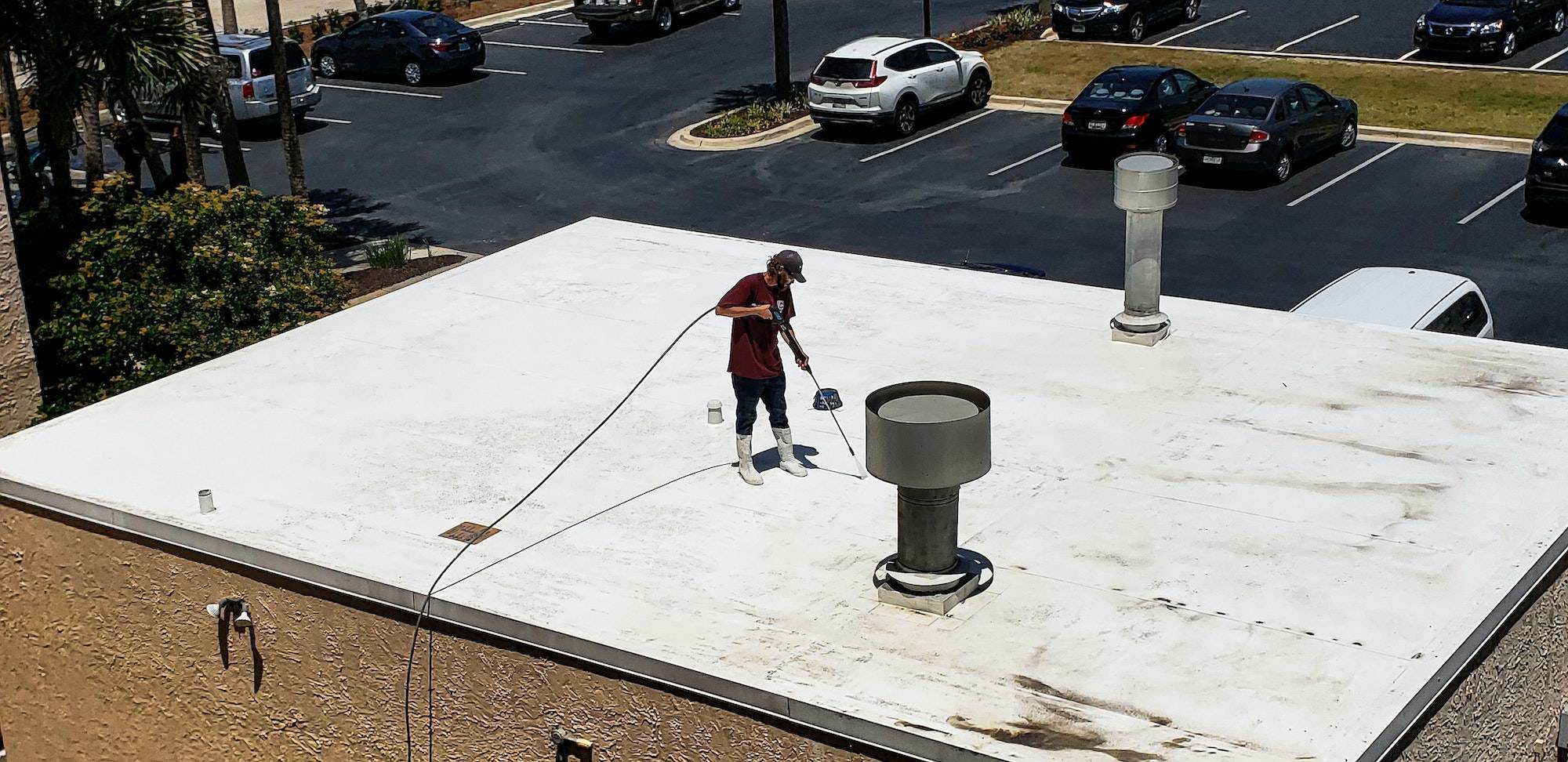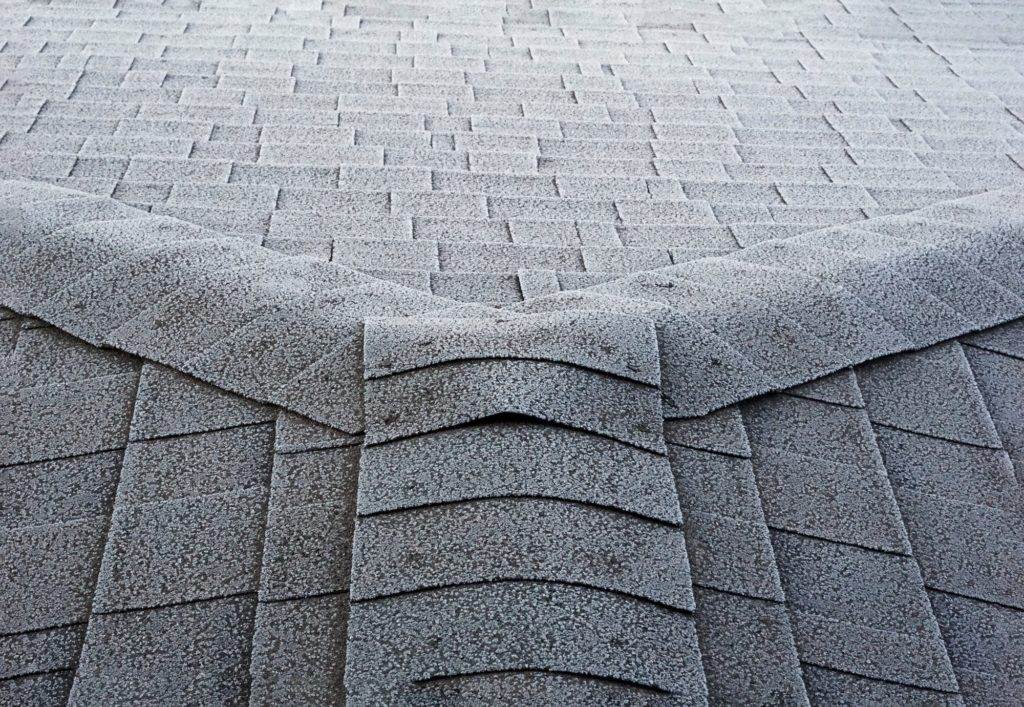Moss might lend a quaint, picturesque aura to structures in historical movies, but when it comes to real life, particularly on your roof or pavement, it can be a nuisance. Not only does it deteriorate the surface it grows on, but moss can also become a breeding ground for unwanted microorganisms. And while cleaning to remove moss is vital, at 604 Got Moss, we believe that’s only half the battle won. Enter deep disinfection – an added layer to the moss removal process to ensure lasting cleanliness. Let’s dive into this enhanced approach to moss removal.
Understanding Moss and its Underlying Threats
Moss, a simple plant lacking conventional roots, thrives in damp, shaded environments. But beneath its soft green facade lies a host of potential risks:
- Surface Damage: Moss can cause physical damage, gradually causing surfaces to deteriorate, especially shingles on roofs.
- Moisture Retention: Moss retains moisture, which can lead to structural water damage and increased weight on roofs.
- Health Risks: Moss can become a breeding ground for harmful bacteria and fungi. While the moss itself might not be harmful, the organisms it harbors can be detrimental.
Deep Disinfection: Why It’s Crucial in Moss Removal
While regular cleaning can remove visible moss, deep disinfection ensures the elimination of microscopic threats that moss often brings along.
- Holistic Moss Removal: Removing moss is not just about getting rid of the green layer. It’s also about ensuring that all spores and associated microorganisms are eradicated.
- Long-Lasting Results: Deep disinfection after moss removal ensures that moss doesn’t find a conducive environment to regrow soon. By eliminating even microscopic spores, the chances of recurrence are significantly minimized.
- Safe Surfaces: Post-disinfection, surfaces are not only visibly clean but are also sanitized, ensuring they are safe for human contact, especially for children and pets.
The Deep Disinfection Method in Moss Removal
Step 1: Manual Moss Removal: The first step is always to remove the bulk of the moss manually. This can be done using specialized brushes or tools that don’t damage the underlying surface.
Step 2: Cleaning with Moss Removers: After manual removal, moss-removing agents, often containing soap or detergent-like properties, are used. These help in loosening any residual moss and also in cleaning the dirt accumulated beneath the moss layer.
Step 3: Deep Disinfection: Once cleaning agents have done their job, a disinfectant specifically designed to kill moss spores and associated pathogens is applied. This is the most crucial step, ensuring that no harmful microorganisms survive.
Step 4: Protective Barrier: Post disinfection, a protective solution can be sprayed to prevent the rapid regrowth of moss. This solution forms a barrier, making the surface inhospitable for moss spores.
Safety First
When undergoing the deep disinfection process, it’s crucial to ensure that all products used are safe, especially if the treated area is frequented by children, pets, or is in close proximity to plants. At 604 Got Moss, we prioritize using eco-friendly, non-toxic disinfectants that ensure thorough cleaning without posing any risks.
Conclusion
While moss might seem harmless, its removal is not just a cosmetic requirement but also a structural and health necessity. At 604 Got Moss, cleaning is just the first step. By integrating deep disinfection into our moss removal process, we ensure that your surfaces aren’t just moss-free but also sanitized, safe, and primed for longevity. It’s this commitment to comprehensive care and lasting cleanliness that sets us apart. Choose a cleaner, safer, and moss-free environment. Choose 604 Got Moss.




